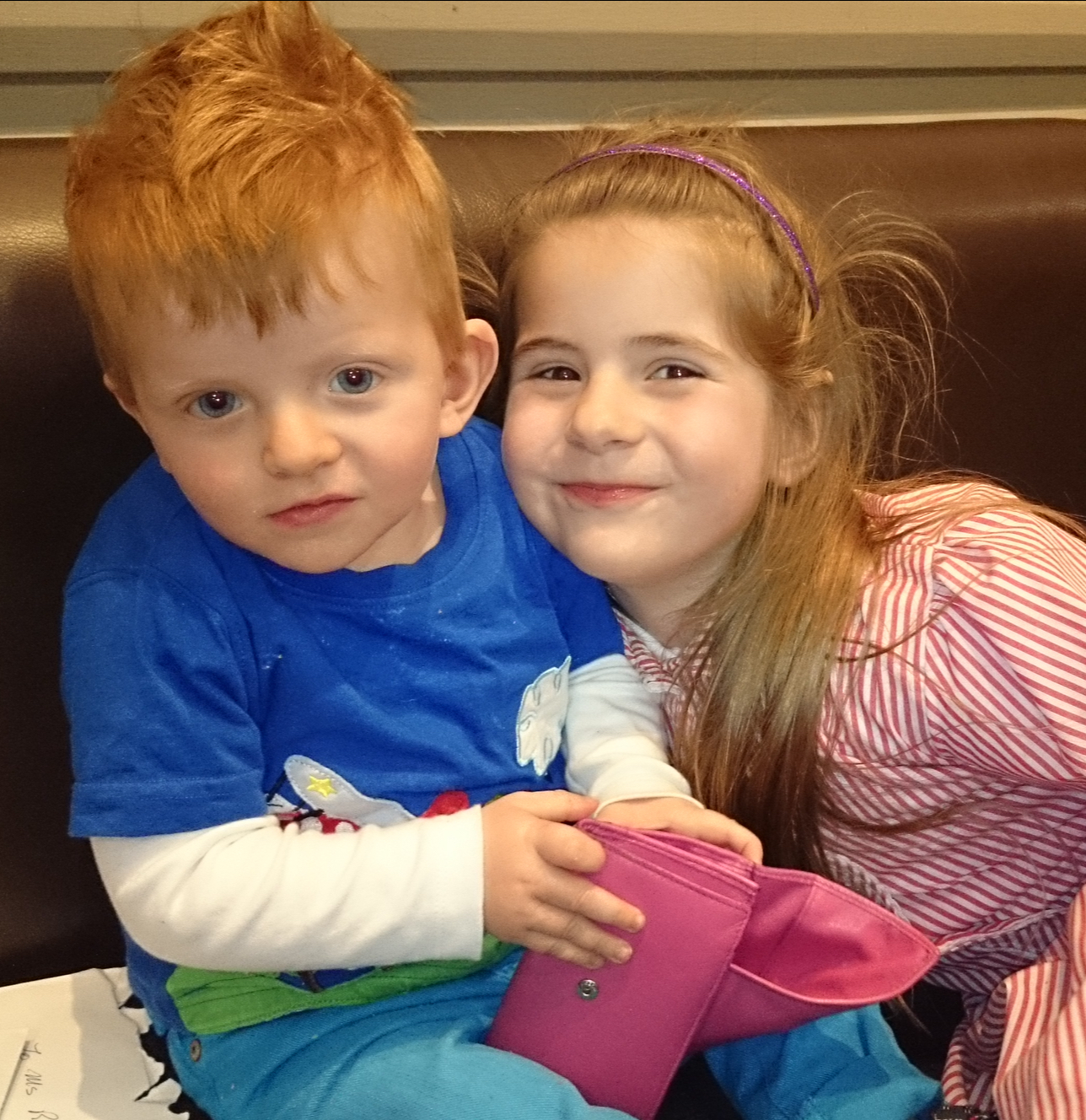1900s
Cards (20)
- Who discovered X-rays and in what year?
- How did X-rays impact surgery?
- What did Marie and Pierre Curie notice while working with X-rays?
- What was the significance of the Curies' observation?
- Who pioneered the use of anaesthetics injected into veins and when?
- What was the purpose of tissue typing introduced in 1962?
- What drug was introduced in the 1980s to prevent organ rejection?
- When was the first kidney transplant performed?
- When was the first liver transplant performed?
- Who performed the first heart transplant and when?
- What surgical technique was pioneered in the 1980s?
- What is keyhole surgery and when was it developed?
- What remains a challenge in modern neurosurgery?
- What advancements have been made in transplant surgery?
- What difficulties do patients face after face transplants?
- What issue has hospitals faced in the last 10 years?
- Why are superbugs a concern in modern medicine?
- What challenge do hospital trusts face regarding surgery?
- What are the key developments in modern surgery?
- What problems remain in modern surgery?
